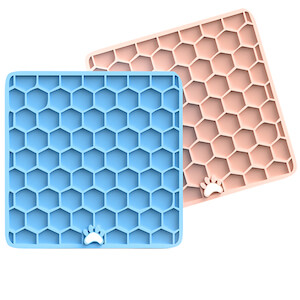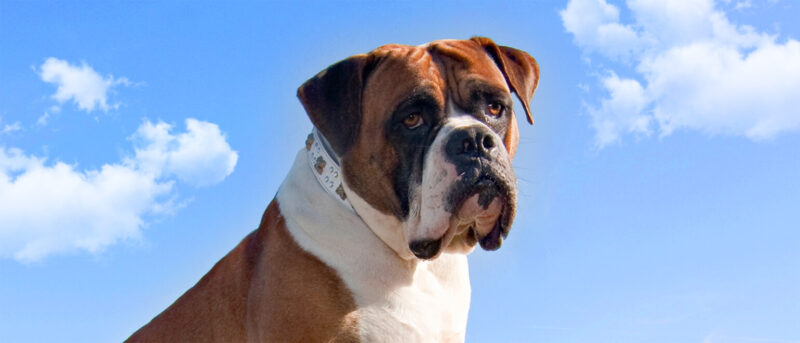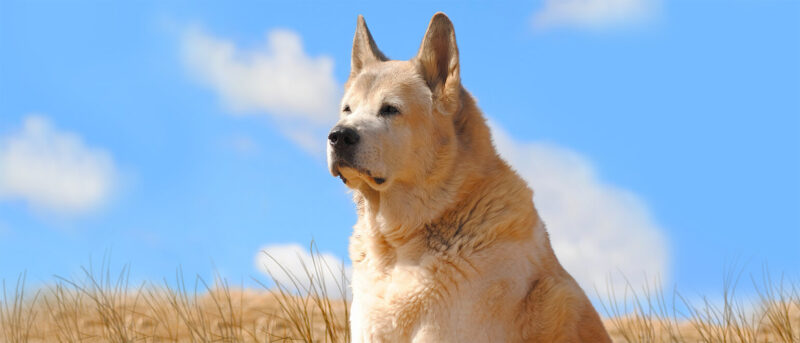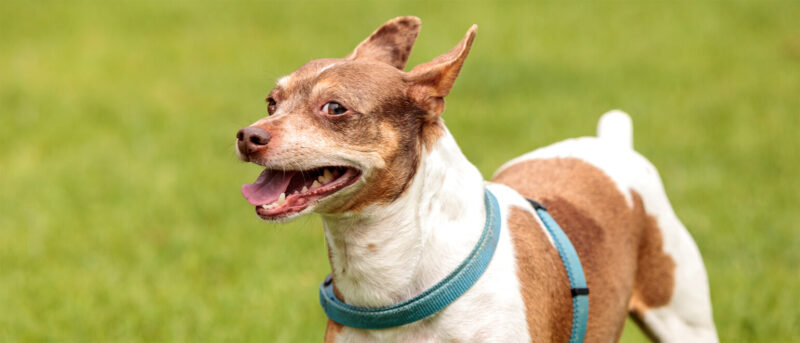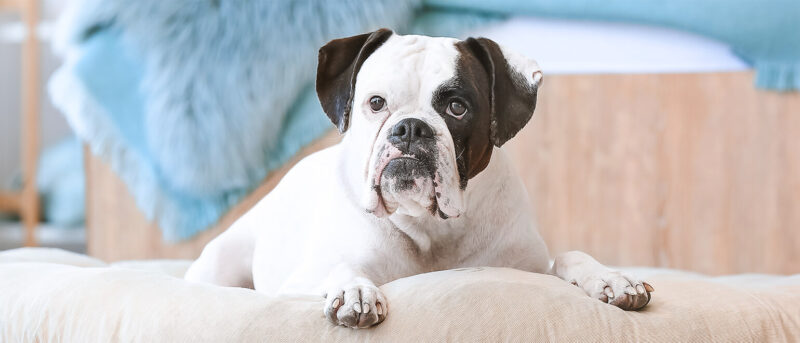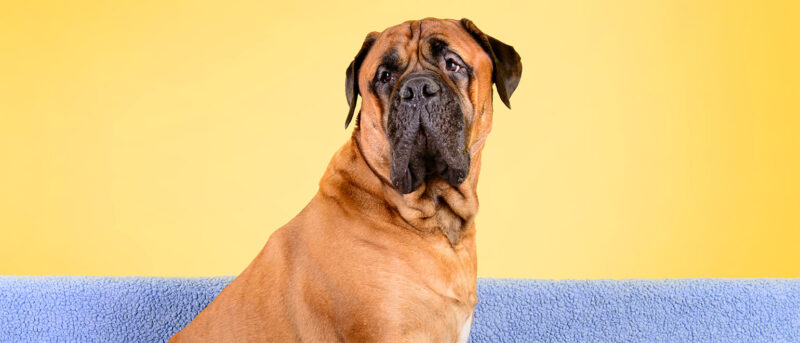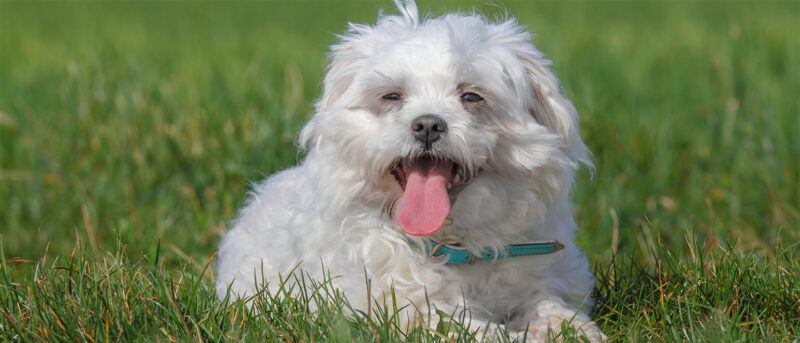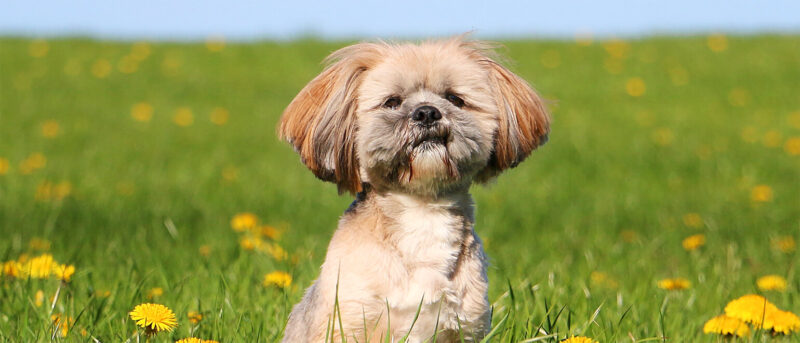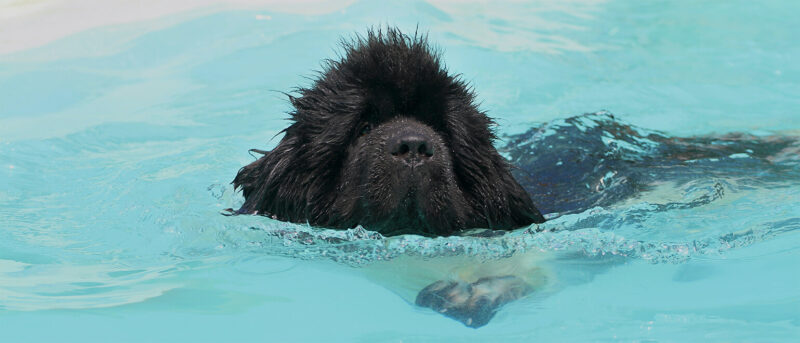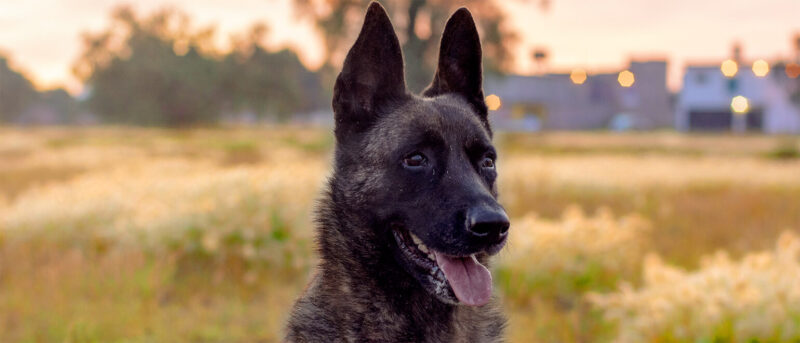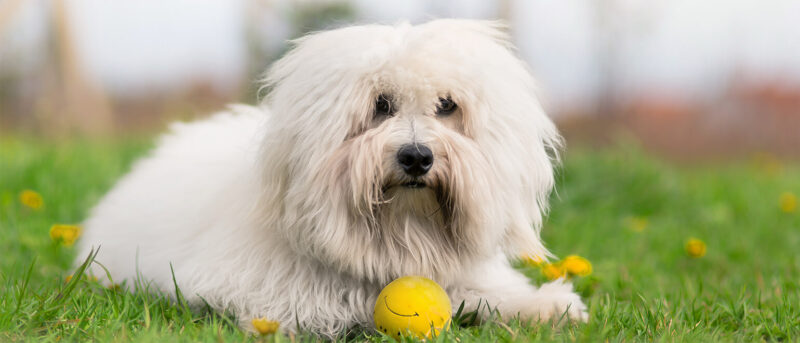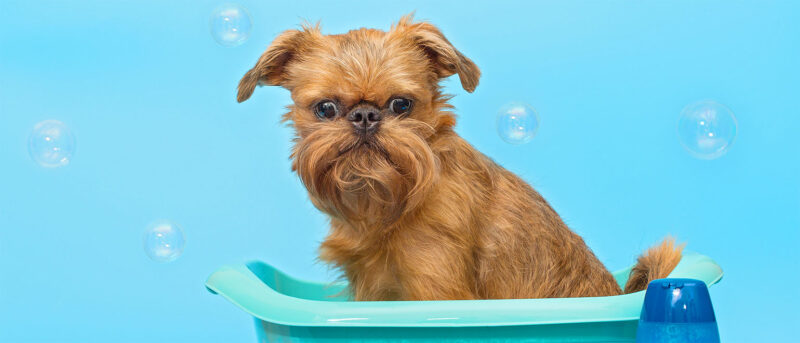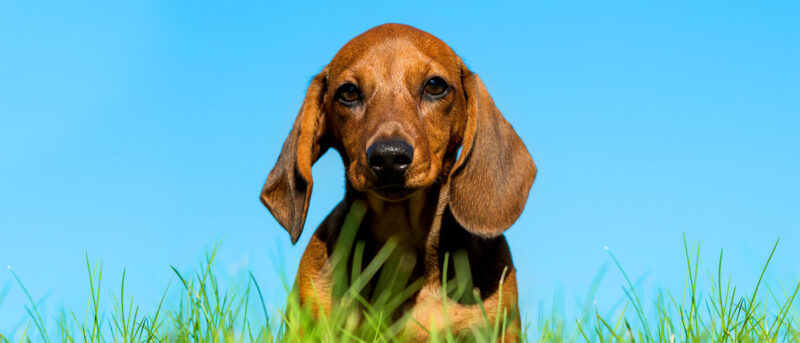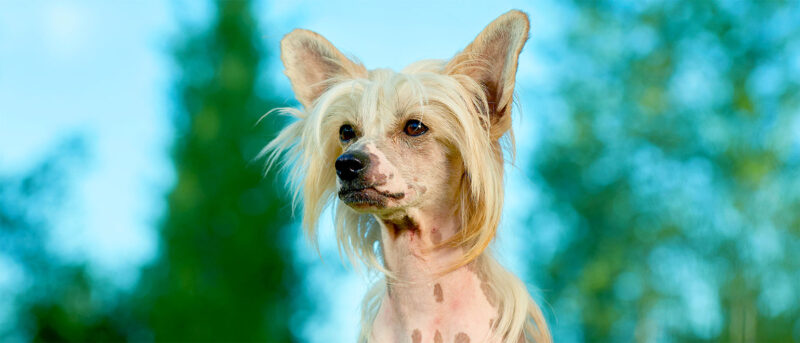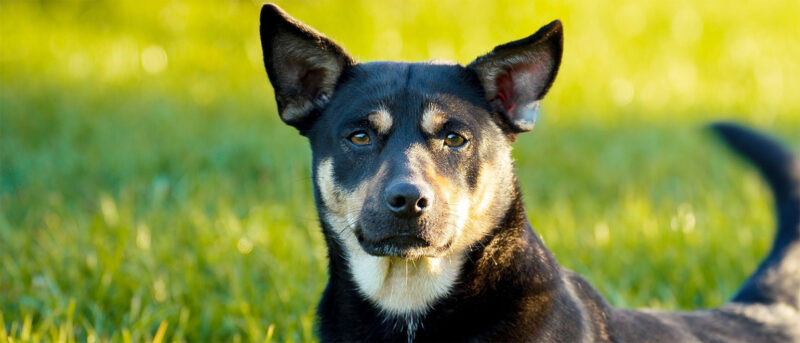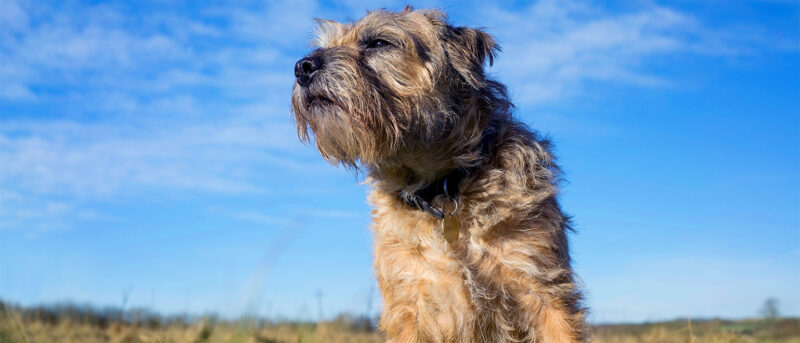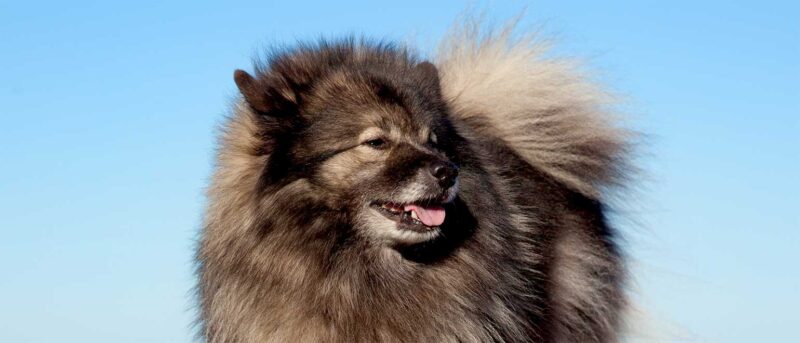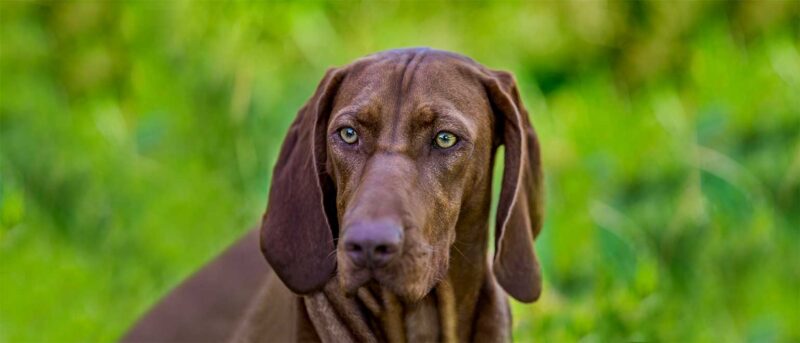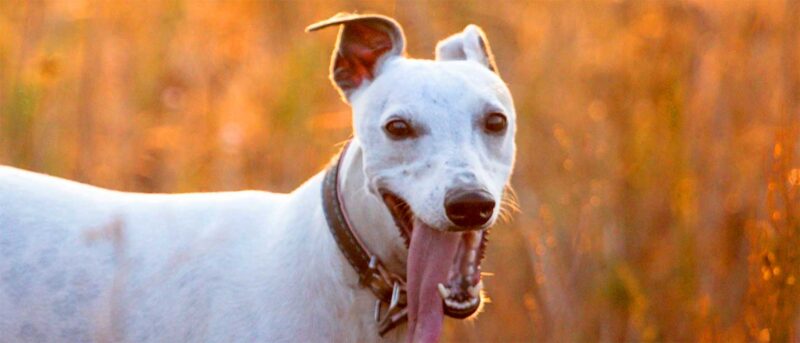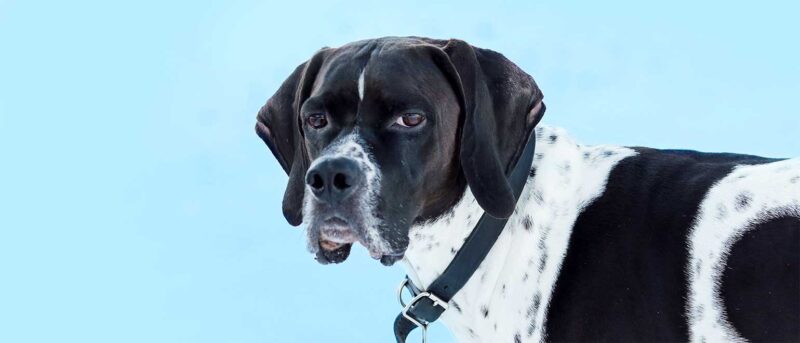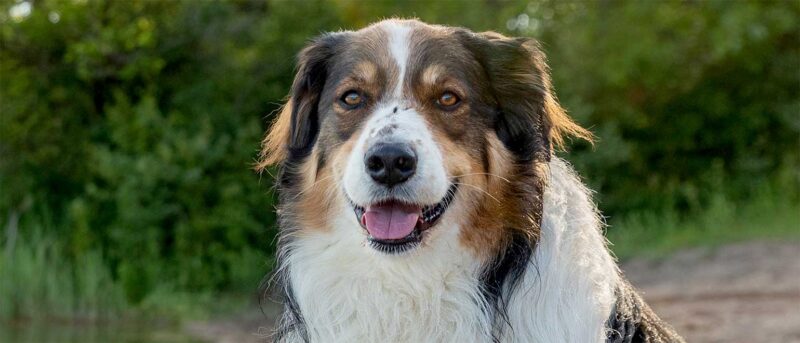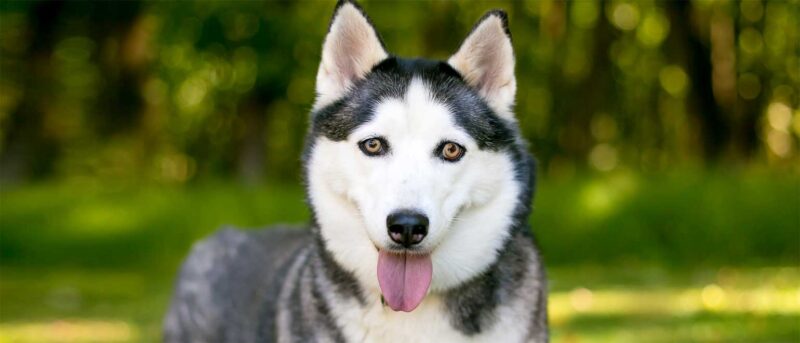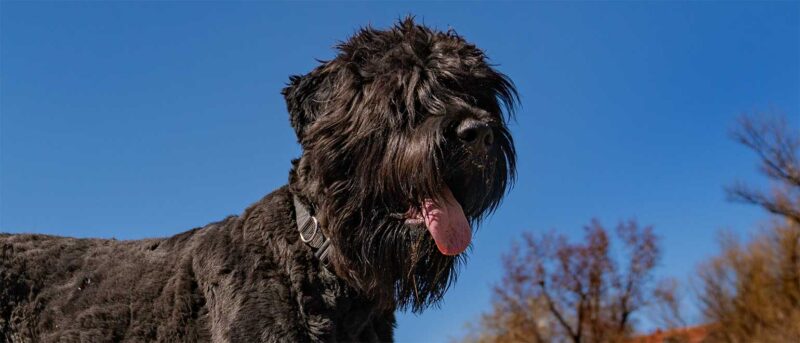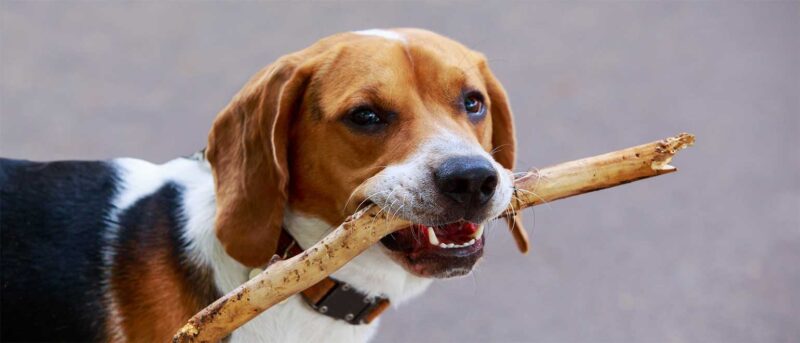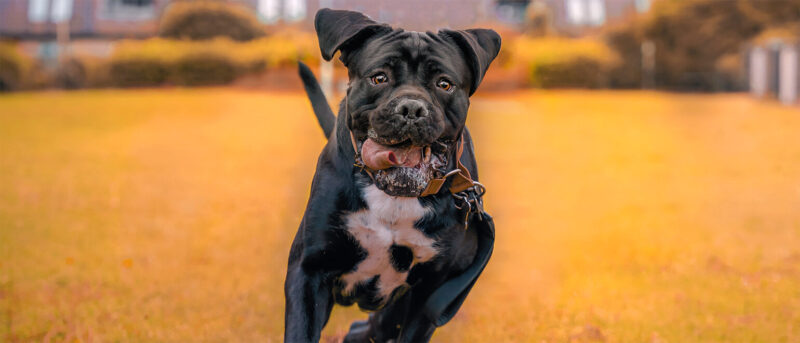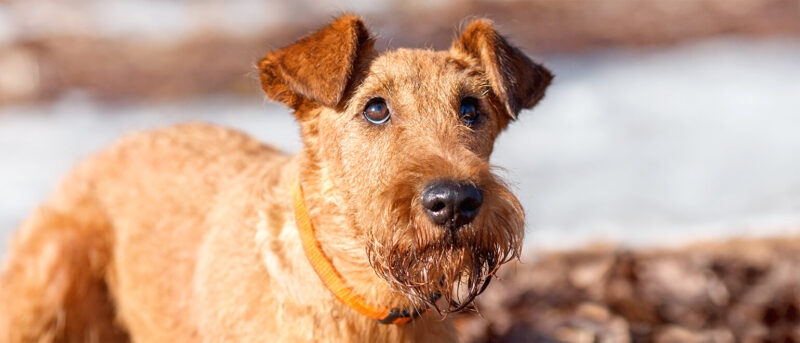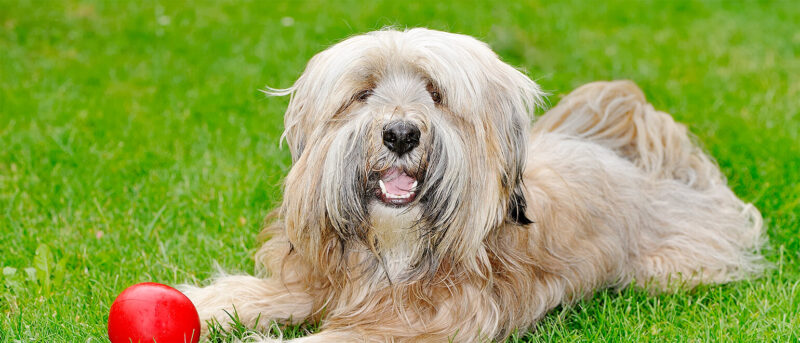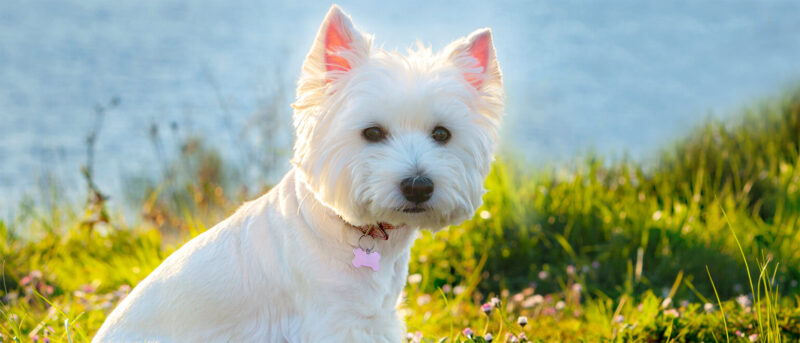Dogo Argentino: Everything You Need To Know About This Majestic Breed!
The Dogo Argentino makes heads turn everywhere it goes. Known for its muscular build, these dogs typically weigh around 100 pounds, and its striking white coat adds to its imposing appearance. However, once you bring a Dogo Argentino into your home, you’ll quickly discover this breed has an affectionate side, filled with kisses and cuddles. […]
The Dogo Argentino makes heads turn everywhere it goes. Known for its muscular build, these dogs typically weigh around 100 pounds, and its striking white coat adds to its imposing appearance. However, once you bring a Dogo Argentino into your home, you’ll quickly discover this breed has an affectionate side, filled with kisses and cuddles. They’re just big softies!
While fiercely protective of their families, Dogo Argentinos are also incredibly loving and gentle with those they trust. This intelligent breed excels as a guard dog, ranch companion, or even a personal protector. They are loyal, determined, and always eager for playtime!
Though some might compare the Dogo Argentino to an oversized pitbull or a type of mastiff, this breed has a unique history that distinguishes it from other popular dogs. Let’s dive in and discover what makes the Dogo Argentino so special.
Dogo Argentino Characteristics (Physical)
The Dogo Argentino is a powerful and elegant breed, with an appearance that reflects its brave and spirited nature. Bred to hunt and capture dangerous game, this dog’s build showcases agility and strength. With its striking white coat and intense expression, the Dogo Argentino is a large breed that commands attention the moment it walks into the party!
Dogo Argentino Size
The Dogo Argentino are by no means a lap dog! They typically weigh between 80 to 100 pounds, with males being slightly heavier than females. In terms of height, females usually stand around 24 to 25 inches tall, while males are slightly taller, ranging from 25 to 26 inches.
Head
The American Kennel Club emphasizes the importance of the Dogo Argentino’s head, which is one of the breed’s most distinctive features. The head is solid, powerful, and well-balanced, reflecting the breed’s strength. The ears, often cropped, are set high, adding to the dog’s alert appearance. The Dogo Argentino also boasts well-developed jawbones, and its head is supported by a strong yet graceful neck with thick, resilient skin.
Eyes
The Dogo Argentino’s medium-sized, almond-shaped eyes are dark and outlined with black around the rims, giving them a distinctive look. Their expression is often alert, with a noticeable intensity that reflects the breed’s determination.
Body
The Dogo Argentino loves to hit the gym! It has a well-muscled back and a square, balanced body. Its broad, deep chest suggests powerful lungs, contributing to its robust appearance. The tail is set at a medium height and naturally hangs down when the dog is at rest. When in motion, the tail is raised at about a 45-degree angle, forming a gentle curve.
Legs
The Dogo Argentino has straight, muscular legs that reflect its strength and athleticism. The paw pads are thick and black, which are perfect for this dog’s active lifestyle. When the Dogo Argentino moves, its stride is powerful yet smooth.
Dogo Argentino Personality
The Dogo Argentino has a “yin and yang” personality that makes it an excellent watchdog. Renowned for its loyalty, this breed thrives on spending time with its closest companions, whether lounging on the couch, running errands around town, or exploring nature.
With a strong protective instinct, the Dogo Argentino is both friendly and loving with family and friends, yet highly vigilant when it comes to strangers. This breed is fiercely territorial and a formidable guardian of the home.
However, this strong-willed personality comes with challenges. The Dogo Argentino can be quite stubborn, requiring an experienced owner who can provide firm leadership and consistent training. Early socialization and training are essential to prevent potential aggression toward unfamiliar people and dogs.
Dogo Argentino Exercise
The Dogo Argentino is a breed that needs plenty of exercise to stay happy and healthy. Without enough daily activity, you might have a few pillows to replace because they can become quite destructive. The good news is that keeping them active doesn’t require anything elaborate.
A simple walk can do wonders! Use a harness and explore a fun trail together. If you can jog or run with your Dogo Argentino, even better. To keep things interesting, try different parks and trails with various terrains. Walking along a beach, circling a pond, or strolling through downtown can add variety and mental stimulation for your dog.
Dogo Argentinos thrive on focused activities that involve their family, like fetch and tug of war. This breed loves to showcase its strength and enjoys a good challenge. Just be sure you’re in a secure area, like an enclosed backyard, before letting your dog off the leash.
Originally bred to track and catch wild boars and mountain lions, Dogo Argentinos are natural hunters who enjoy having a purpose and goals. They excel in agility and obedience training, whether in an official competition or a backyard obstacle course. Your Dogo Argentino will love the challenge either way.
Dogo Argentino Training
The Dogo Argentino is as intelligent as it is stubborn. They require consistent training from an experienced and confident leader. However, this doesn’t mean training should be harsh.
Dogo Argentinos respond best to positive reinforcement. Instead of punishing your dog, reward them for good behavior. Consistency is key, along with a firm but gentle approach.
For example, if your dog starts pulling on the leash, stop walking immediately. Repeat this every time, even if it adds time to your walks. Your dog will eventually learn that pulling doesn’t get them anywhere. When they walk beside you, reward them with a treat and some affection like a good scratch behind the ears!
This breed also has a strong prey drive, making it important to keep their focus on you during training, even from a young age. Your dog may get easily distracted by other animals on the trail, but you can train them to focus on you. Reward them with a treat whenever they look at you or pay attention, reinforcing their focus on you rather than on potential distractions.
As a working breed, the Dogo Argentino benefits from specialized training. Start this training while they’re still puppies, incorporating activities like scent work, agility tasks, and specific retrieval exercises. These activities give your dog a purpose, helping them learn to follow commands while strengthening your bond and improving communication.
Dogo Argentino History
The Dogo Argentino, a distinctive breed with roots in Cordoba, Argentina, was first developed by Dr. Antonio Nores Martinez in 1928. Driven by his deep passion for dogs, Dr. Martinez began creating this breed to combine various purebred dogs with an ancient fighting dog from Cordoba.
Initially, the Dogo Argentino was bred as a fighting dog, but Dr. Martinez soon recognized its potential as a hunting companion. He took the breed on numerous hunting expeditions, observing its performance closely. Thanks to its impressive strength, bravery, determination, and keen sense of smell, the Dogo Argentino quickly proved itself as a versatile and effective hunting dog, even taking on pumas.
In 1973, the Fédération Cynologique Internationale (FCI), the international kennel club based in Belgium, officially recognized the Dogo Argentino. It remains the only Argentine breed to receive such recognition.
Dogo Argentino Health Problems
Despite being as powerful and strong as they are, the Dogo Argentino can be prone to certain health issues. To ensure you’re getting a healthy puppy, it’s crucial to choose a reputable and registered breeder who provides a health guarantee. Responsible breeders regularly test their breeding dogs for hereditary diseases and remove those with known health concerns from their breeding program. This practice helps to minimize the risk of passing on potential health problems to the puppies.
Deafness
Deafness is a significant health issue for the Dogo Argentino, with around 10% of the breed affected in one or both ears. This condition is more common in breeds with white or mostly white coats, such as Dalmatians and white Bull Terriers, due to a genetic link known as “pigmented-related deafness.”
Because deaf dogs can’t hear potential dangers like approaching cars, it’s crucial to keep them on a leash during walks. Use a flashlight and hand signals to get their attention and communicate effectively. This approach helps in maintaining consistent training and ensures their safety.
Additionally, attach a bell to your dog’s collar to help track them if they wander off. It’s also a good idea to note on their collar tag that the dog is deaf. This information will help others understand the situation and respond appropriately if your dog gets lost.
Hypothyroidism
Hypothyroidism in dogs occurs when the thyroid gland, which regulates the body’s metabolism, doesn’t produce enough hormones.
When a dog has hypothyroidism, their metabolic rate slows down, impacting every organ in their body. Symptoms include unexplained weight gain (despite no changes in diet or appetite), lethargy, a lack of interest in exercise, and a dull, dry coat. You may also notice an increase in skin and ear infections.
While hypothyroidism can be managed with treatment, it cannot be cured. Your veterinarian will need to perform a series of tests to diagnose the condition accurately. Regular check-ups are especially important for Dogo Argentinos, as they are more prone to this disease.
Glaucoma
This eye condition, known as glaucoma, involves increased pressure within the eye due to improper drainage of eye fluid.
If you suspect your dog has glaucoma, check for:
- Eye pain. You’ll see your dog frequently close their eyes. They might rub or scratch at them a lot.
- Watery discharge
- Swelling or bulging of the eyeball
- The white of the eye is red
- The cornea becomes cloudy, sometimes bluish
- Lethargy
- Loss of appetite
- Blindness
Hip Dysplasia
Hip dysplasia is a common condition in larger dog breeds where the ball and socket of the hip joint don’t fit together properly. Instead of moving smoothly, the bones rub and grind against each other, which can damage the cartilage and bone over time. This can eventually lead to a loss of joint function.
It’s crucial to have your dog tested for hip dysplasia during regular vet visits, as early detection can help manage the condition effectively. Hip dysplasia is often hereditary, particularly in larger breeds that grow rapidly and may develop skeletal issues. Additionally, poor nutrition and obesity can exacerbate the problem by placing extra stress on the joints.
If your Dogo Argentino suffers from hip dysplasia, pet CDB oil may be a useful tool in helping alleviate some of their discomfort.
Laryngeal Paralysis
The larynx, commonly known as the voice box, is a crucial structure in the throat that aids in essential functions like eating and drinking. It is supported by cartilage and held stable by laryngeal muscles. When these muscles weaken or become paralyzed, the cartilage can collapse, affecting the dog’s ability to breathe and swallow properly.
The exact cause of laryngeal paralysis is often unclear, but it may be linked to tumors or lesions in the neck or chest area. Some dogs are born with congenital laryngeal paralysis, and it is frequently associated with neuromuscular diseases.
How to Care for a Dogo Argentino
The Dogo Argentino is an energetic and social breed that thrives in spacious environments. Many of these dogs are found on farms or ranches where they have plenty of room to roam and stretch their powerful legs. If you don’t live on a farm, fear not because these dogs can be just as happy and healthy in a home with a large yard.
Wherever you are, it’s important to supervise your Dogo Argentino when they’re outside. Ensure that your yard is securely fenced to prevent your dog from escaping and to keep other animals out, which helps avoid any potential chases.
If you’re always on the run or stuck at the office then you might want to think twice about getting a Dogo. This breed does not do well being left alone for extended periods. They can become destructive if left alone for too long. To keep your dog content, make sure to spend time playing and interacting with them daily, providing the mental and physical stimulation they need.
Training Dogo Argentino puppies can be challenging and requires dedicated attention, but grooming them is quite straightforward. Their short, white coat needs only weekly brushing to manage shedding and maintain its health. A grooming mitt or a bristle brush is the perfect tool for this task.
Regular dental care is also crucial. Brush your Dogo Argentino’s teeth frequently to help prevent issues like gum disease and tooth decay. Additionally, their nails grow quickly and should be trimmed about once a month. Pay attention to their ears, which can become waxy; clean them regularly with a vet-approved wipe and warm water to keep them healthy.
Nutrition and Feeding for a Dogo Argentino
Dogo Argentinos can easily gain weight if not properly managed, so it’s crucial to provide them with the right amount of food and choose a healthy brand.
For a dog weighing between 76 to 100 pounds, the typical daily amount of dry food is about 3 1/3 to 4 1/4 cups. It’s best to divide this into two meals—one in the morning and one in the evening. This approach helps prevent overeating and supports better digestion.
To avoid puppies becoming overweight or growing too fast, feed them this amount:
- 1-3 months old: 2-3 3/4 cup
- 3-5 months old: 3 1/2 – 4 1/2 cups
- 5-7 months: 4 – 5 cups
- 7-12 months: 4-5 cups
Coat Color And Grooming
One of the most distinctive features of the Dogo Argentino is its coat. The breed should have a completely white coat with no other colors, except for a small black spot on the head. Multiple spots will disqualify the dog in a show setting.
According to the AKC, the Dogo Argentino’s coat is described as uniform, straight, short, and smooth, with a length ranging from 1/2 to 3/4 inches.
All this means that grooming is relatively simple. A weekly brushing will help manage shedding and keep their fur in good condition. You can bathe your Dogo Argentino once a month or as needed to remove dirt and maintain healthy skin. However, avoid over-washing, as it can lead to dry skin.
Children And Other Pets
The Dogo Argentino has a strong prey drive, which can sometimes make interactions with other pets challenging. Although they are bred to be tolerant of other animals, they may become dominant if not properly socialized or supervised.
That’s why early socialization is crucial for a Dogo Argentino. Introduce them to well-trained puppies to help them learn appropriate social behaviors. Avoid exposing them to rowdy or aggressive dogs, as this might trigger undesirable reactions. Because of this, you might want to skip the dog park, at least until your Dogo Argentino is well trained.
While Dogo Argentinos are very protective of their family, including children, their stubborn and dominant traits mean they should always be supervised around younger kids. Their play can sometimes be rough, which might accidentally hurt more sensitive children.
Rescue Groups
Dogo Argentinos are affectionate, loyal, and excellent exercise partners, but they can also be stubborn, aggressive, and challenging to train. This combination of traits can lead less experienced dog owners to feel overwhelmed and consider giving up their dog. Additionally, some families may find that their homes are too small for this active and energetic breed.
Organizations like DC Dogos are dedicated to rescuing Dogo Argentinos from shelters and pounds. Experienced volunteers foster and rehabilitate these dogs, preparing them for new, suitable homes.
Breed Organizations
Breed organizations play a crucial role in sharing information and connecting owners. The Dogo Argentino Club of America, the official AKC parent club for the breed, is a key resource. Their website offers comprehensive details on the Dogo Argentino’s history, breed standards, and upcoming events related to the breed.
More About This Dog Breed
Despite being a relatively new breed, Dogo Argentinos are quickly gaining popularity thanks to their impressive strength and protective nature. These loyal and loving dogs are known for their strong guarding instincts and deep devotion to their families.
Their agility makes them well-suited for environments like farms or large backyards where they can run freely and safely.
Additionally, Dogo Argentinos are avid swimmers. Their powerful muscles enable them to stay afloat and glide effortlessly through water, making swimming one of their favorite activities.
However, Dogo Argentinos are banned in several countries, including Ukraine, Turkey, Australia, Iceland, Singapore, and Denmark, where they are sometimes labeled as “dangerous” due to their history as fighting and hunting dogs. With proper training, though, Dogo Argentinos can be loyal, loving, and gentle companions, only engaging in protective behavior when commanded.
If you’re seeking an intelligent, strong, and affectionate dog, the Dogo Argentino could be a great fit for you and your family!







